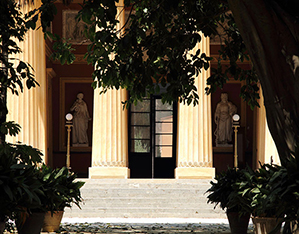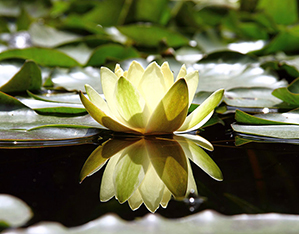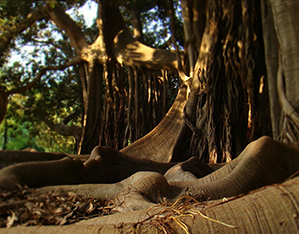Inaugurated in 1795, it is a monumental example of a botanical garden paired with a wealth of buildings, statues, fountains and greenhouses. It holds an important botanical collection of over 12,000 different species arranged according to thematic, bioecological and geographic criteria.
The hortus simplicium established in 1781, intended for the cultivation of medicinal plants to be used by the “Botanica e Materia medica” department of the Regia Accademia degli Studi of Palermo soon proved to be insufficient, leading to the creation of a new and larger location next to the public Villa Giulia. Work began in February 1789 and the complex was inaugurated in 1795. Palermo’s new Orto Botanico was subdivided into rectangular quartini sections separated by orthogonal paths, with fountains and ponds. It was further enlarged between 1796 and the first two decades of the nineteenth century and in 1913 it was enlarged with the creation of the “Giardino coloniale”. The current layout in the oldest part of the gardens has preserved the original parterre plan, while the sections on the south side are characterised by designs inspired by an informal taste. The Orto Botanico, with its over 12,000 species, can be schematically subdivided into distinct sectors, the most important of which are those organised in keeping with Linneaus’s and Engler’s taxonomic systems. Part of the experimental sector and the old exotic grove have recently seen the addition of important collections where plants are laid out following bioecological and geographic criteria, with a succulent garden, the “Palmetum”, the “Cycadetum” and a Mediterranean hill, which holds important types of spontaneous local flora. In the “Settore sperimentale e delle piante utili” there is a rich collection of food plants, officinal plants and an extensive collection of citrus plants. Amongst the botanical curiosities a mention goes to the narrow leaved bottle tree, the soap tree, the false cinnamon plant, the sycamore, sensitive mimosa and the parmentiera.




